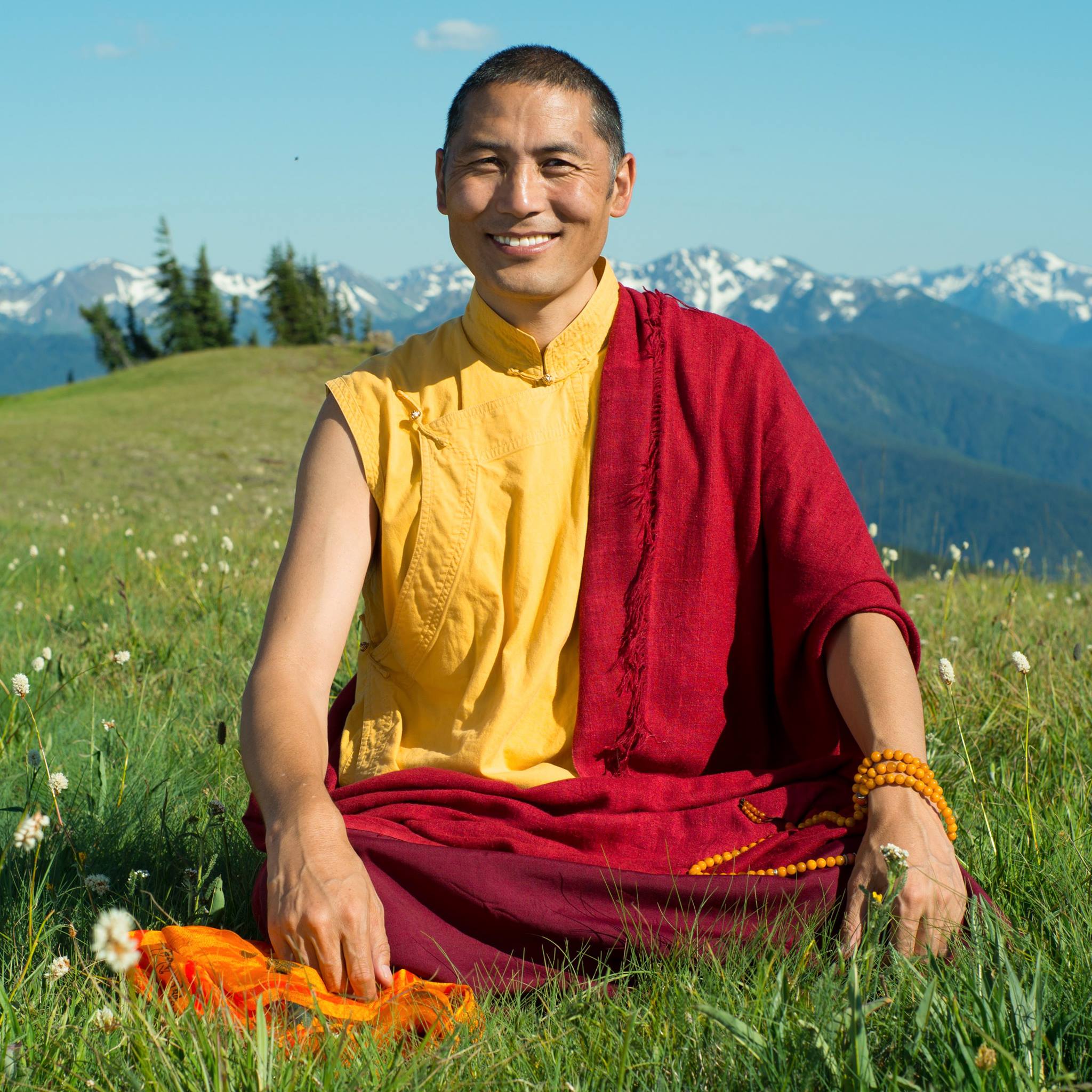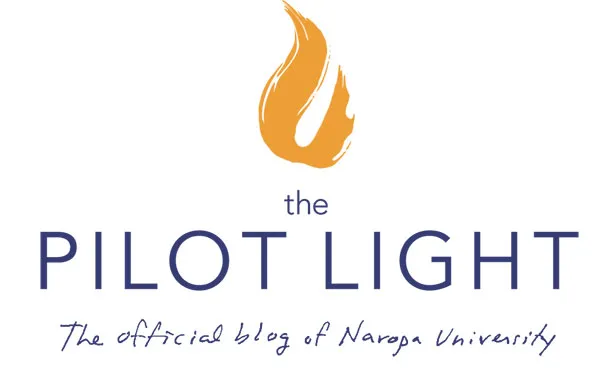
Friday, April 8 // 7:00 p.m.
Nalanda Campus // 6287 Arapahoe Ave // RM 9235
FREE and open to the public.
Meditators relax! An esteemed modern Tibetan Buddhist teacher presents a system of meditation instructions he devised especially for those affected by the too-fast-paced Western world (i.e., most all of us)—to help people relax, as a way of deepening their meditation practice.
In the late 1990s, shortly after arriving in the United States, it became clear to Dza Kilung Rinpoche that his Western students responded to traditional meditation instructions differently from his students back in Asia. The Westerners didn’t know how to relax — our pressured, fast-paced lifestyles carried over into meditation.
Dza Kilung Rinpoche will draw from his new book, The Relaxed Mind, which contains instructions for the seven-phase meditation practice Dza Kilung Rinpoche developed for students in the West. It’s adapted from traditional instructions to counteract the overwhelming distraction that is becoming a global culture these days, not only in the West. Experienced meditators may be surprised to find their practice deepening through letting go of tension. This is also an excellent approach for any beginner.
H.E. Dza Kilung Tulku Jigme Rinpoche is the fifth reincarnation of H.H. Jigme Ngotsar Gyatso, the enlightened yogi who built Kilung Monastery in the 18th century. Jigme Ngotsar was important in his lineage line: he was one of the renowned “Four Jigmes,” principle disciples of Rigdzin Jigme Lingpa, probably the most important Nyingma teacher of the last 600 years. Rigdzin Jigme Lingpa sent Jigme Ngotsar back to his home territory of Dzachuka to build a monastery. With the patronage of the King of Derge, Jigme Ngotsar built the monastery which included a main temple (still standing), a thriving monastic college with several hundred monks, and a separate center for long-term retreat. A nunnery later developed at one of its retreat centers.
In 1993, Rinpoche left Tibet on pilgrimage. Intending to be gone less than a year, it became a seven-year adventure. It was on this journey that he began developing the Kilung Foundation. In 1998 he traveled to America, where he also began to teach Buddhism to westerners. Since then Rinpoche has divided his time in and outside Tibet. While accepting invitations to teach in Beijing, Denmark, Singapore, Malaysia, Taiwan, Brazil, and Argentina, he focuses his dharma activities in America, and especially the Pacific Northwest. His home is on south Whidbey Island in the Salish Sea.
In November, 2015, Dza Kilung Rinpoche’s first book, The Relaxed Mind, a Seven-Step Method for Deepening Meditation Practice was published by Shambhala Publications.




